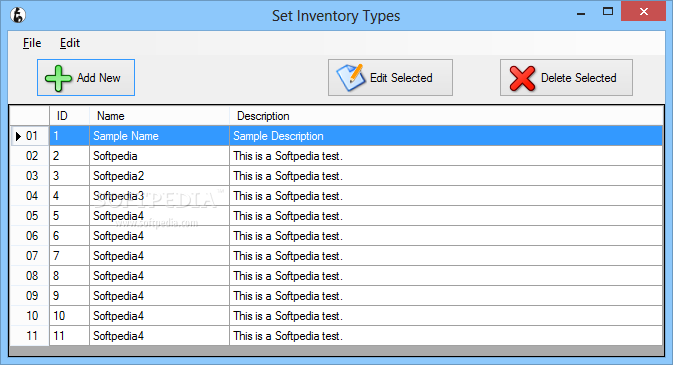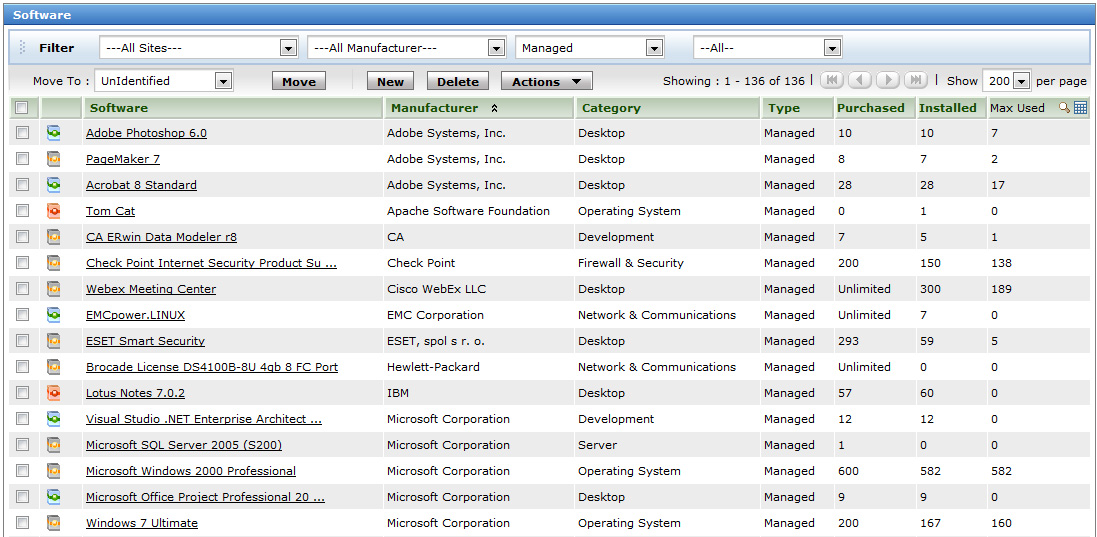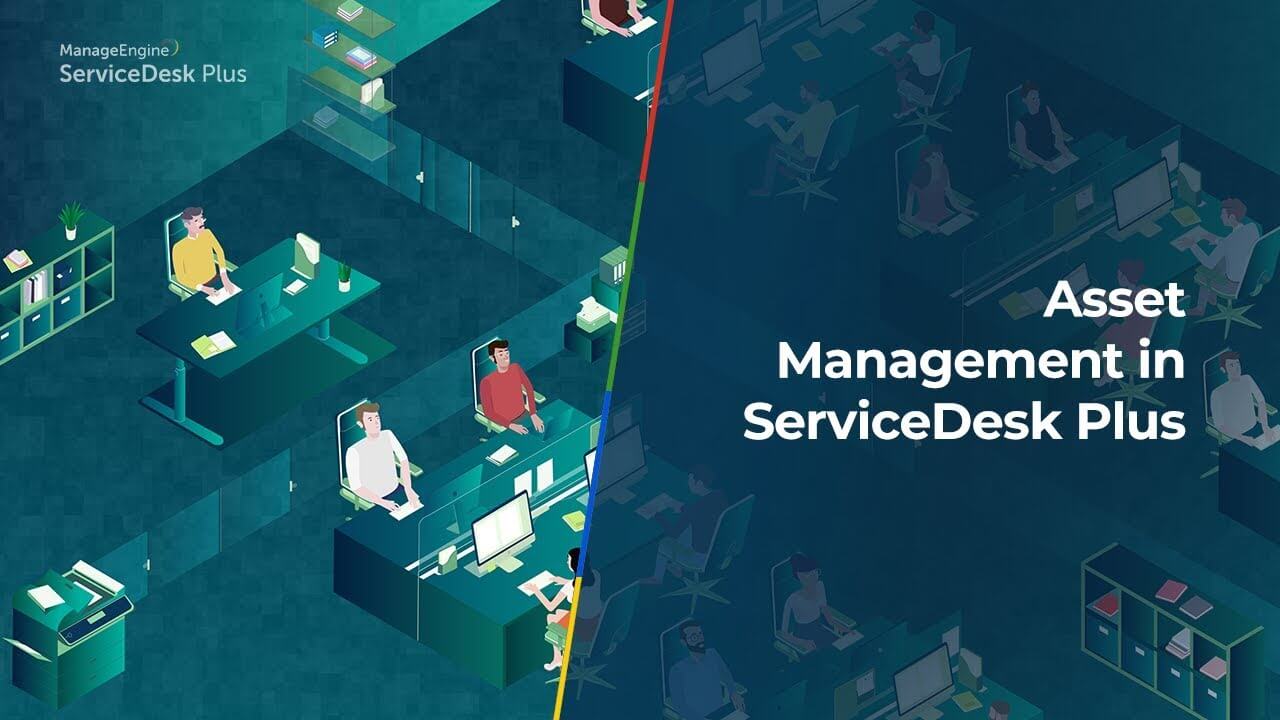

- #Asset inventory manager how to
- #Asset inventory manager upgrade
- #Asset inventory manager software
- #Asset inventory manager license
The organization can see in one place what assets need to be discarded, upgraded or optimized for maximum productivity. Having a single source of truth makes asset tracking easier and more efficient. Inaccuracy and disorder may set in, leading to inefficiency and poor business decisions.

#Asset inventory manager license
Asset retirement involves disposing of old assets, updating asset information, terminating support and license agreements and making plans to transition to new assets.Įfficient IT asset management (ITAM) can help an organization make better business decisions. An organization can also decide to retire an asset if there are better alternatives in the market. That is, an IT asset reaches the end of its lifecycle when maintenance becomes more frequent and the organization spends more resources on it than it used to. Retirement: An asset is retired when depreciation sets in and maintenance is no longer feasible.This will prolong their lifespan, minimize costs and mitigate risks. Maintenance: Once the assets have been deployed, provisions should be made for regular maintenance, upgrades and repairs to optimize their use and maximize value.Deployment: Asset deployment may involve installation, integration with other tools, providing user access and providing technical support.Procurement/Acquisition: Assets may be acquired by buying (including Software-as-a-Service), building, licensing or leasing.

Organizations also consider competitive alternatives and carry out cost-benefit and TCO (total cost of ownership) analyses of all possible options while planning for asset acquisition.
#Asset inventory manager how to
#Asset inventory manager upgrade
Maintenance involves asset repair, upgrade and replacement. Maintenance: IT assets are maintained according to their lifecycle stage.Information collected for tracking each asset includes financial (asset costs), contractual (warranties, licenses and service-level agreements (SLAs)) and inventory data (location and condition of physical assets). Tracking: This involves using an ITAM tool or system to continuously monitor IT assets.

This enables easy identification and ensures that redundant assets are optimized for greater efficiency. Asset identification: The first step in IT asset management is to create a detailed inventory of all IT assets.The IT asset management (ITAM) process usually involves the following steps: How does an IT asset management process work?
#Asset inventory manager software
Software assets also include cloud-based assets, such as Software-as-a-Service (SaaS) applications. Software assets, on the other hand, include applications for which licenses are typically issued per user or machine, as well as software systems and databases built using open-source resources. Hardware assets include physical computing equipment like physical servers in data centers, desktop computers, mobile devices, laptops, keyboards and printers. What is an IT asset?Īn information technology (IT) asset is any piece of information, software or hardware that an organization uses in the course of its business activities. An important part of ITAM is understanding the total cost of ownership and finding ways to optimize asset use. ITAM also helps optimize costs by reducing the total number of assets in use and extending the life of those assets, avoiding costly upgrades. The main objective is to ensure that IT resources are used efficiently and effectively. ITAM involves using financial, contractual and inventory data to track and make strategic decisions about IT assets. IT asset management (ITAM) is the end-to-end tracking and management of IT assets to ensure that every asset is properly used, maintained, upgraded and disposed of at the end of its lifecycle.


 0 kommentar(er)
0 kommentar(er)
